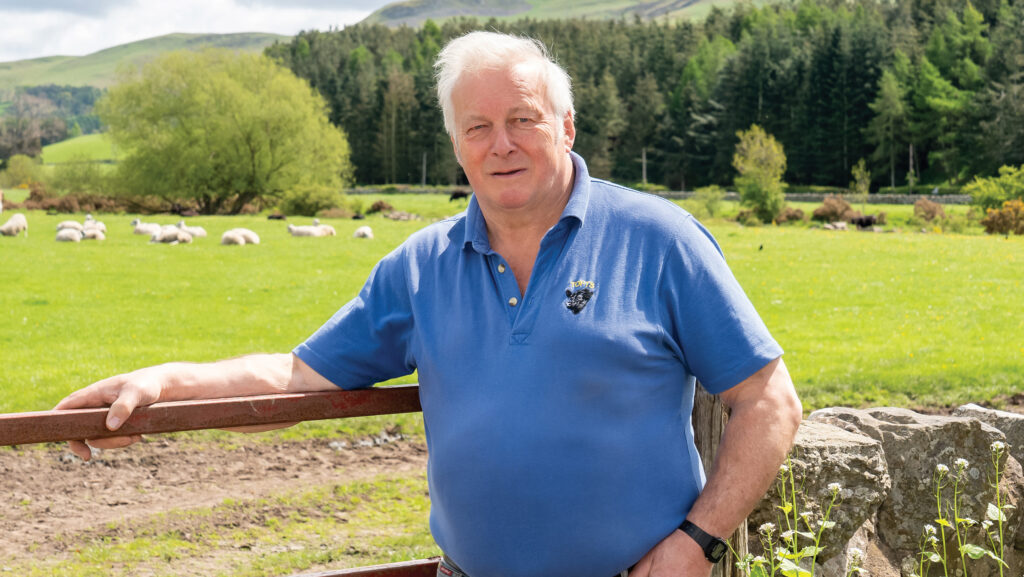Farmer Focus: Poor summer hits calf growth and barley quality
 © Angus Findlay
© Angus Findlay Weather conditions have continued to frustrate us. Even on our lighter, free-draining soils, the drilling work has halted.
At time of writing, I hope the heavy winds that are forecast allow operations to continue.
Grain is now shifting in the relevant directions. The winter barley went for pearling to a local mill to be used in the making of Scotch broth and haggis.
See also: Scottish farmers set to quit beef over changes to suckler support
The wheat is heading for biscuit production. Some of the spring barley has gone for malting.
But there have been some quality issues including ergot, germination levels and screenings.
I suspect lack of sunshine/summer has been the cause.
Meanwhile, it has been a noisy and busy few days as we have had our four-yearly TB test. At the same time, we blood tested for Johne’s, pregnancy tested and weaned the calves.
TB was clear – phew. We await the Johne’s results with a little trepidation as we usually have one or two positive blood tests.
This year, we served 446 cows and heifers, 25% to artificial insemination and the remainder with natural service.
The bulling period was reduced from 12 to nine weeks and, on pregnancy testing, 402 are-in calf, with 13 sets of twins identified.
We weaned 340 calves, yielding 81.6t of liveweight calf from grazing (much of it hill) and mother’s milk alone, giving us an average weight of 240kg at 186 days.
This is 16kg up on the year. I had hoped for another 10kg but suspect the lack of sunshine has been our downfall yet again.
This has certainly been reflected in the low metabolisable energy levels in our forage analysis.
My last article about overfed breeding stock stimulated debate! Speaking with one friend at our local Yetholm Show, he was in agreement regarding the overfeeding of pedigree livestock.
Having spent more than £1,000 a head on several rams, he was disappointed (to say the least) that only one out of eight survived for a second breeding season.
He has since changed his sheep system.
When looking to select our hill Cheviot rams, we try to avoid the flocks that focus on the show ring. Commercial reality is king.

